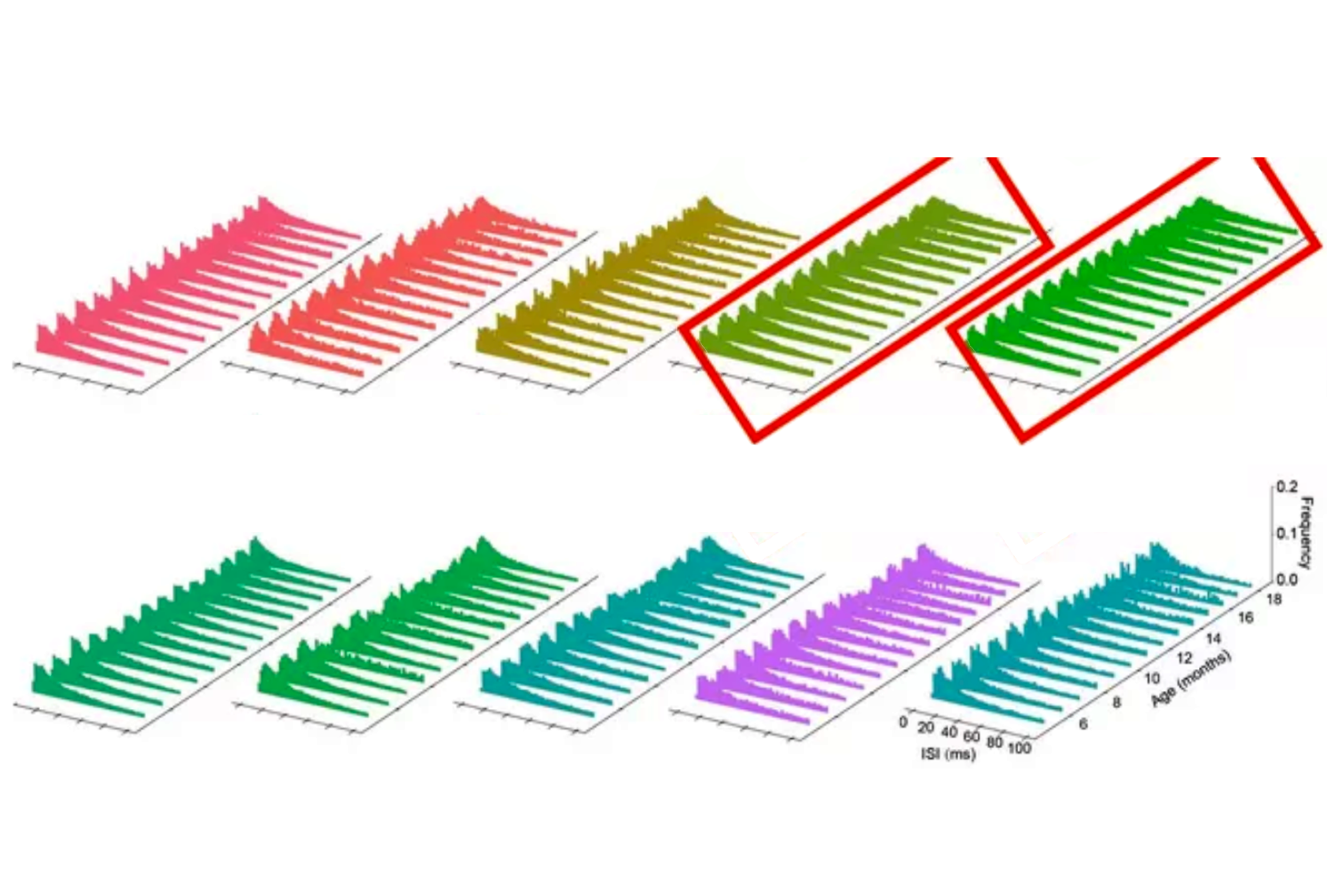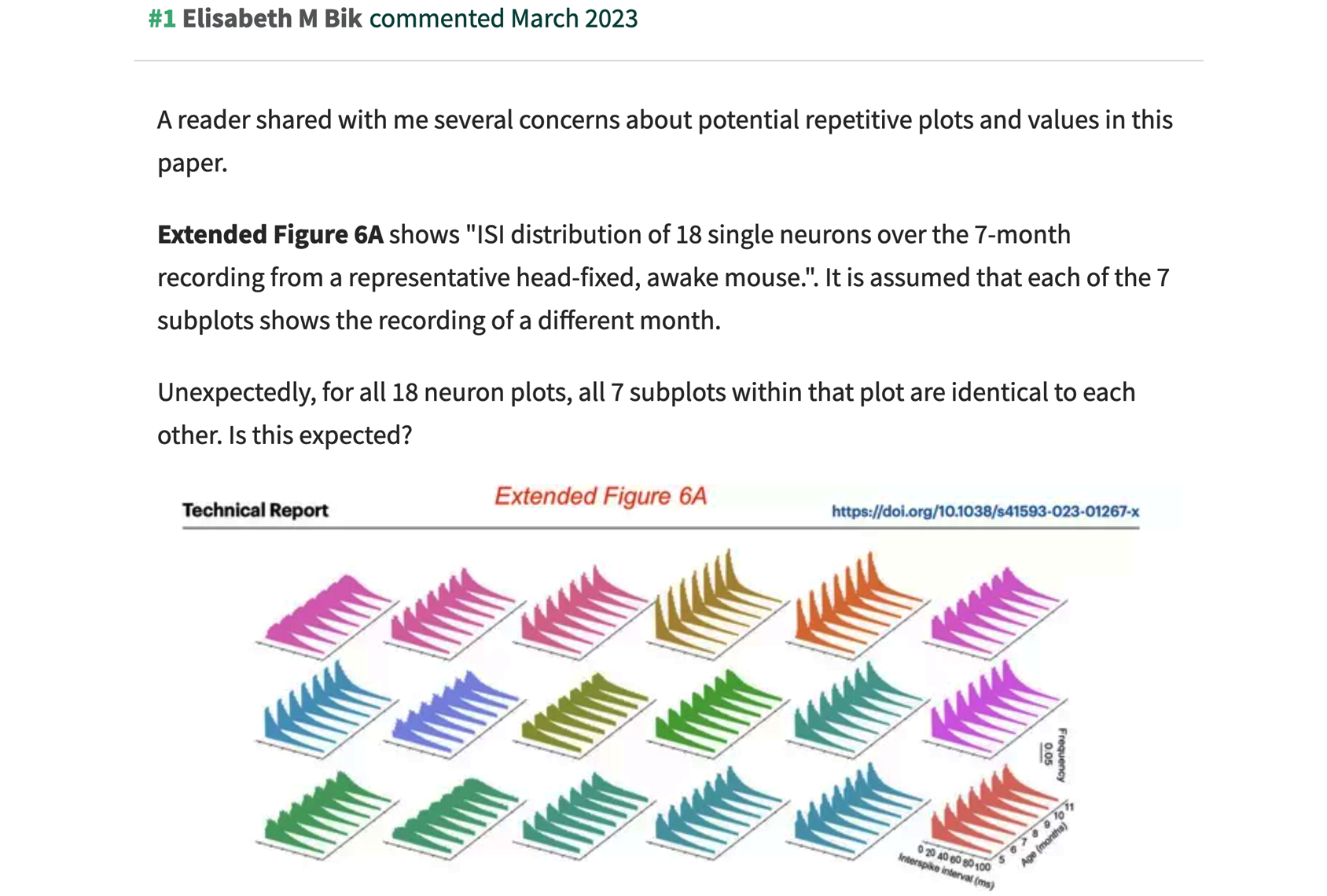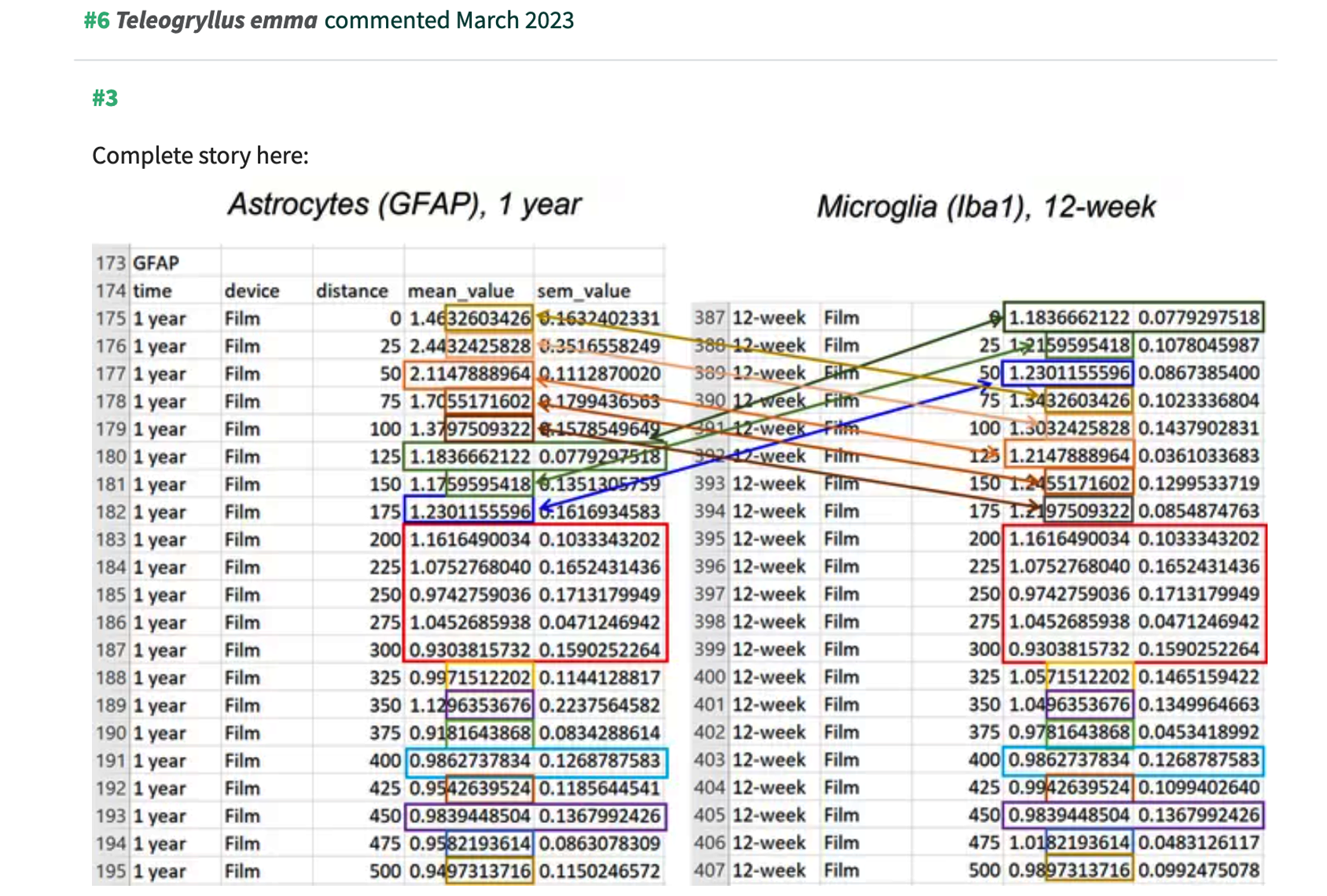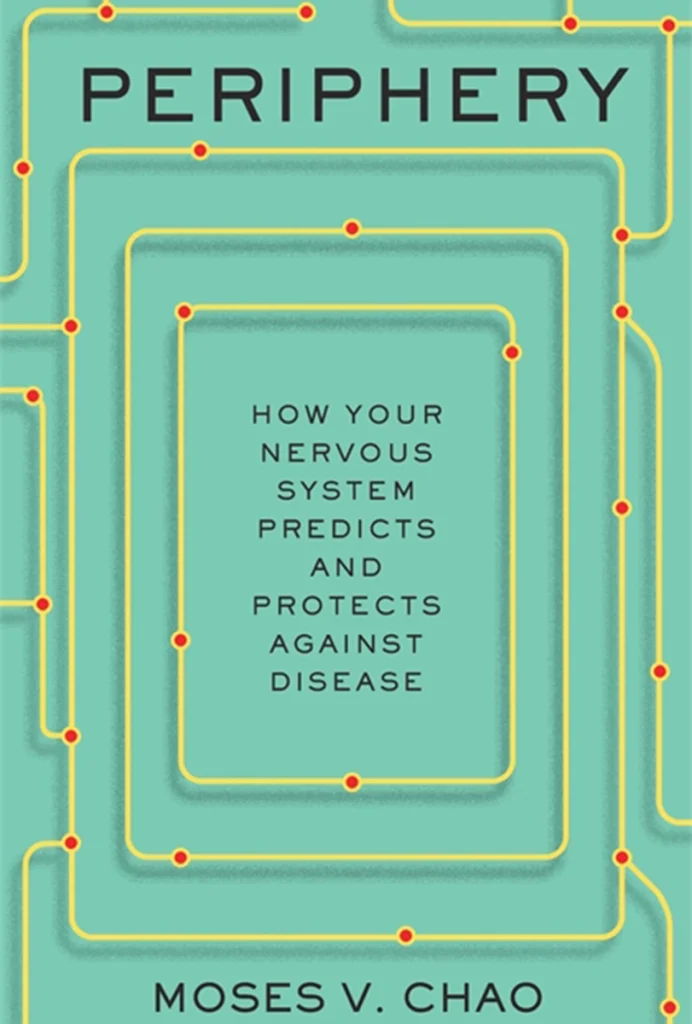
Questions arise around two published studies from Harvard group
An anonymous tipster has been sifting through the papers of Jia Liu and his team.
An anonymous source has publicly raised issues with data and figures in two recently published papers from the lab of a Harvard University bioengineer.
In February, Nature Neuroscience published a paper titled “Tracking neural activity from the same cells during the entire adult life of mice.” Within a month, Elisabeth Bik had posted comments about the paper on PubPeer, a website that allows for anonymous review and commentary on peer-reviewed articles. Bik is renowned for identifying questionable images in academic publishing, and she pointed out that in two figures, some of the plots look identical, and that the source data for other figures have repeating values.
Bik had been tipped off to the problems by an anonymous source, a person claiming to be a research associate who discovered the anomalies while reading the paper in a journal club. A few weeks later, the same source alerted Bik to a problem in another paper from the same group, this one published in Science Advances in late 2022.

In both instances, the work was led by Jia Liu, assistant professor of engineering and applied sciences at Harvard University, who is seen as something of a rising star. He is the scientific adviser at Axoft, a company developing brain implants for neurological conditions. The company, which Liu co-founded with one of his former doctoral students, announced last year that it had raised $8 million in seed funding.
T
In her comments, Bik pointed to extended figure 6a, which consists of plots of interspike interval (ISI) distributions from 18 neurons over seven months. Each of the subplots for a neuron is supposed to represent one of the seven months, but the anonymous tipster recognized that the subplots for each neuron are identical. Bik also pointed to another two ISI plots that appear to be duplicated, and an apparent duplication of data points in the source data spreadsheet for figure 2f, where the numbers shown are the “normalized fluorescence intensity.”
Mean and standard error of the mean values are duplicated in the datasheet between the astrocyte (GFAP) and microglia (Iba1). In additional mean and standard error values, however, strings of numbers that follow the decimal point seem unusual — strings of eight digits repeat between the same two neurons.

A spokesperson for Nature Neuroscience says the journal is aware of the issues, and “when concerns are raised about any paper published in the journal, we look into them carefully following an established process.”
Liu has himself offered explanations for all this. In an email, he said that a mistake in the Python code “caused the data from the last month of each neuron to be plotted seven times instead of plotting the data for each month correctly,” and that the raw data behind the two ISI plots are so similar that the differences between the two neurons are imperceptible in the image. He also said the exact repeated means and standard errors in the dataset were “mixed up” during the data analysis process between Excel and OriginPro, but the repeating digits that appear in the dataset are explained by the data being divided by the same sample size.
Liu noted that none of these issues affect the conclusions of the paper itself, and his team hopes to “correct them as soon as possible to avoid confusing the community.” That includes filing a correction with Nature Neuroscience and providing a new version of the image in figure 10c to make it clear there are differences between the ISI histograms of the two neurons.
T
Liu replied, noting that his lab group noticed the error themselves and had already posted an updated version on their website. But another commenter on PubPeer said the updated version has repurposed image panels, which “suggests that the authors may have had several negative control images, which they seemingly assigned to these negative control groups in an arbitrary manner.”
Paul Karoff, spokesperson for Harvard’s School of Engineering and Applied Sciences, said in an email that the school is aware of the criticism around Liu’s work, but he would not confirm if there is an official investigation.
In the meantime, the anonymous person (or people) behind the tips to Bik is still poring over the Liu group’s publications. The issues in the two papers, they say, have cast “doubt on the integrity of their scientific work.” That warrants further examination, which they fear “may reveal additional discrepancies.”
Explore more from The Transmitter

RNA drug corrects calcium signaling in chimeric model of Timothy syndrome

